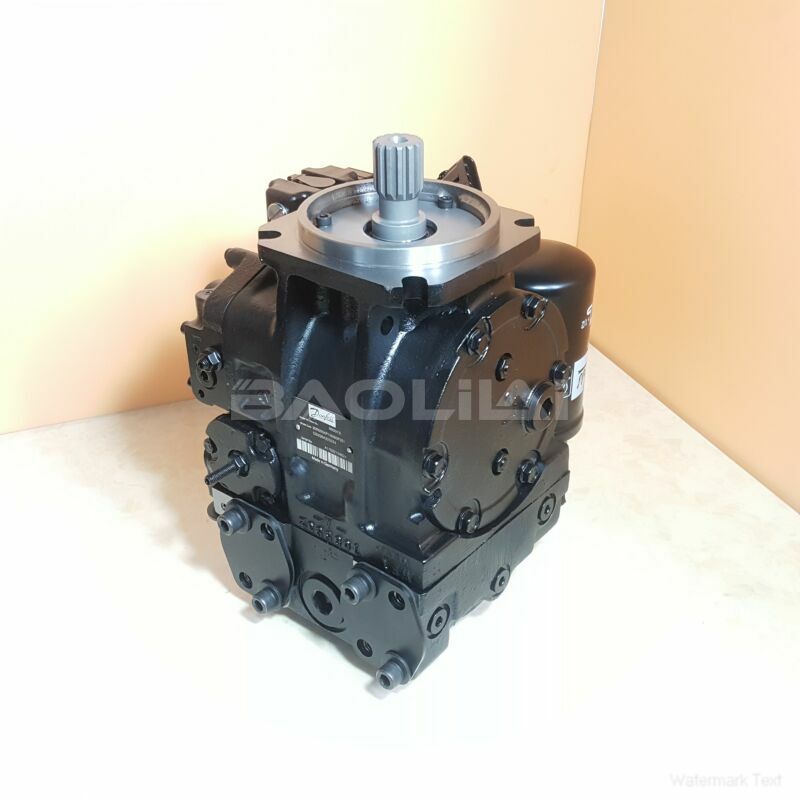90L075HF5CD80R3C7D06GBA424224 high pressure pump
90L075HF5CD80R3C7D06GBA424224 high pressure pump

- Product Details
- Applicable Scene
In the realm of manufacturing, efficiency is the linchpin of productivity and profitability. As industries increasingly embrace technological advances, automation emerges as a critical factor in refining operational capabilities. Among the many mechanical systems that benefit from these technological enhancements, piston pumps stand out as a quintessential example. With their wide-ranging applications in various sectors, the integration of automation technologies has significantly improved the efficiency of piston pumps, thereby revolutionizing manufacturing processes.
90-L-075-HF-5-CD-80-R-3-C7-D-06-GBA-42-42-24
90L075HF5CD80R3C7D06GBA424224
Piston pumps are vital components in many industrial applications, from hydraulic systems to fluid transfer operations. These pumps function by converting mechanical energy into hydraulic energy through the movement of pistons. While piston pumps traditionally operated manually or with limited automation, the incorporation of advanced automation technologies has led to substantial improvements in their performance and reliability.

80006487
One of the primary ways automation enhances piston pump efficiency is through precision control. Modern manufacturing processes often require consistent and accurate fluid delivery, and automated systems can monitor and adjust pump operations in real-time. This level of precision minimizes variances in fluid output, ensuring that production lines run smoothly and that high-quality products are manufactured consistently. Moreover, advanced sensors and control systems can detect anomalies and make necessary adjustments instantaneously, enhancing overall operational reliability.
Additionally, automation facilitates predictive maintenance, a proactive approach that plays a crucial role in the longevity and effectiveness of piston pumps. By utilizing Internet of Things (IoT) technology, manufacturers can gather critical data related to pump performance, such as pressure, temperature, and flow rates. Analyzing this data enables manufacturers to anticipate potential issues before they escalate into costly breakdowns. Predictive maintenance not only reduces downtime but also optimizes maintenance schedules, allowing for more efficient use of resources.





